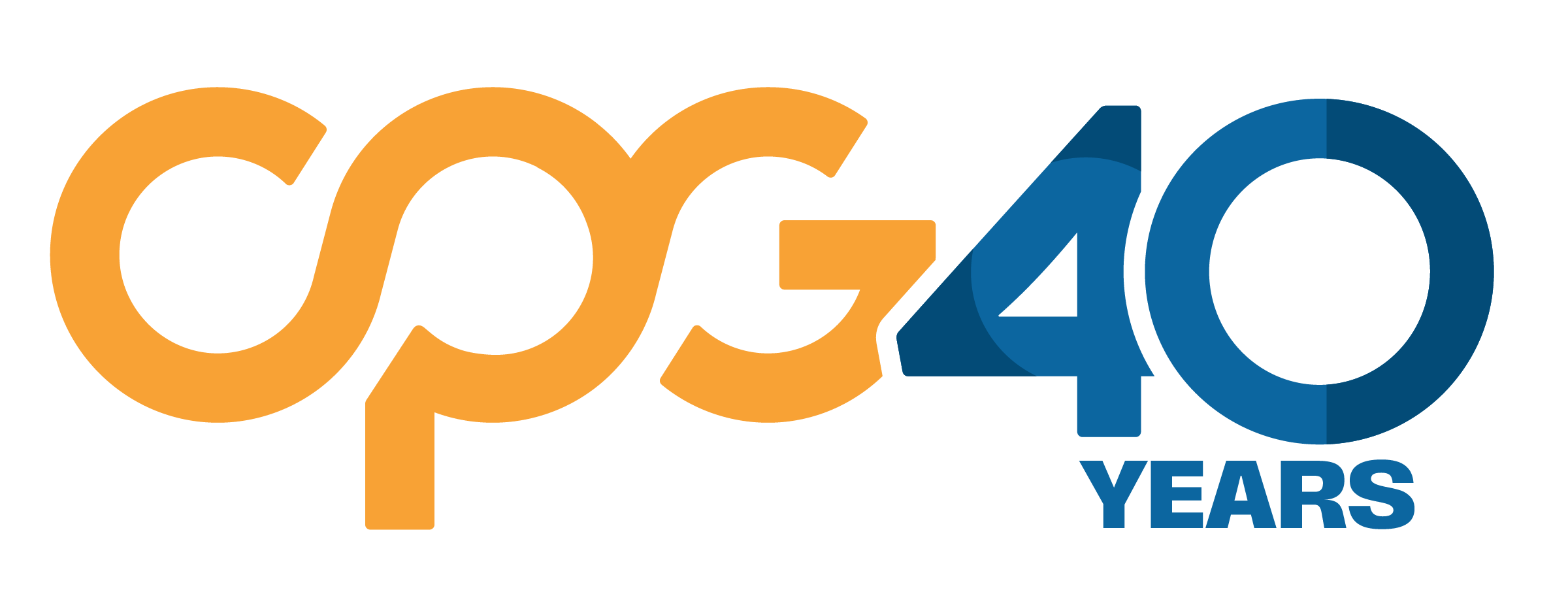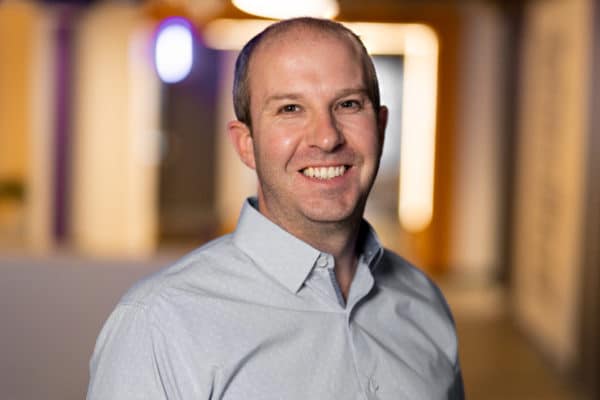Executive Summary
- An event attendee journey map outlines the pathway that your event attendees will follow from their first interaction with your organization through the end of the event.
- The benefits of mapping out the event attendee journey include being able to facilitate more personalization, better attendee engagement, and a greater reach for your message.
- Create an event attendee journey map by understanding your attendees with consumer personas and a defined target audience.
- Make the most of your journey map by developing a pre-event communication strategy, strategically distributing content, and gathering feedback.
Anyone can put on an event, but not everyone can organize an event that will resonate with all the attendees and build lasting connections. The success of an event is contingent on not just the event itself, but also the communications that happen before and after.
You can increase the impact of your events by being clear and intentional about your planning—an event attendee journey map takes your planning to the next level for maximum impact. This map acts as a timeline that details every aspect of the experience your people will meet leading up to, during, and after your event. This map is the core communication strategy for the full event lifecycle.
If you’ve never used an attendee journey map to organize and enhance the internal communication strategy surrounding your event, we highly recommend creating one. If you have used one before, there are always aspects you can improve in your strategy that will inform and delight your internal audience. This guide highlights key factors to consider when creating an event attendee journey map.
What Is An Event Attendee Journey?
An event attendee journey is the path that event participants take from their initial interaction with an organization through the end of an event. This journey involves several stages, and understanding them provides valuable context for how you can best engage with attendees to build lasting connections.
So, what is an event attendee journey map? Also known as an event roadmap or the attendee experience, this useful event planning tool provides a detailed overview of the journey individuals take throughout the course of an entire event. An effective map outlines each step that attendees take before, during, and after an event.
This insight allows brands to personalize events for their attendees to maximize the experience. With this information, organizers can adapt their event planning, marketing efforts, and on-site experiences to attendee interests.
Benefits of Mapping the Attendee Journey
With an event attendee journey map that allows organizers to adjust their event strategy for their unique participants, the impact of the event only becomes stronger. From the pre-event stages to the communications that take place after the event, a journey map provides valuable guidance for event planners.
Benefits of mapping an attendee journey include:
- Greater attendee experience – When organizers have a baseline understanding of consumer interests, they can tailor the event accordingly, leading to improved engagement amongst attendees and an overall more memorable experience.
- Enhanced personalization – Understanding your participant journey will give you a better idea of how to personalize your event for your consumers and their unique interests.
- Increased retention – Personalization is important, as 71% of customers appreciate personalization in their interactions with a brand, and 76% get frustrated when this doesn’t happen. By harnessing this power, you are likely to bring customers back to you.
- Greater circulation of event messaging – A journey map allows brands to better engage attendees so that they are more likely to resonate with the core messaging and share content within their circles.
- No last-minute surprises – Mapping a customer journey provides a clear path for attendees and staff. With a clear map, everyone understands the logistics of the event and knows what role they have to fulfill in facilitating a successful experience.
Pre-Planning the Attendee Experience
Before you can create an event attendee journey map, the first thing your team needs is a clear understanding of your goals. Here are 7 great questions to ask when planning your event:
- What would you like this event to accomplish? (Example: Higher customer service ratings or improved communication between front-line associates and their managers)
- What is the key takeaway for your event? (Your attendees should always learn something new)
- How long will the full cycle of communication last?
- What channels will you use to communicate?
- Does your event communication align with your organization’s values and objectives?
- What changes in behavior should result from your event messaging, and how do you plan to determine and measure if these changes are happening? (Example: Use a survey and pivot content if you’re not seeing desired results)
- How can you incorporate enhanced personalization into the event?
It’s important to list these objectives and make sure you’re on the right track by surveying your people and asking their opinions on what new skills they’d like to learn or what kind of messages they think are important. This feedback can alter your strategy and add to the communication cycle and the event layout.
Since learning and making connections are both large priorities for attendees, you can use information gathered from surveys on the strengths and weaknesses of your people to better reach them. From there, you can create a session where these people are teamed up according to their unique strengths so they can help one another digest the content. Knowing what’s important to your audience will make you more capable of engaging them.
Defining Personas & Target Audiences
Defining your customer personas and target audiences will help you hone in on your message so you can reach each group effectively. Use personas to create a profile of your ideal customers and what common traits or interests they share.
Your event attendees will likely not be captured in just one customer persona. Often, brands serve multiple types of audiences and ideal customer profiles—you should seek to capture all your potential options in your event attendee journey map.
Consider the following questions to help you understand each persona and target audience:
- What are their demographics?
- What industries do they work in, and what job titles do they hold?
- What are their interests, hobbies, and passions?
- What are their goals for attending your event?
- What pain points are they hoping to solve?
- What is their preference for engaging with and consuming content?
- How familiar are these groups with your brand already?
After you create your personas using these questions as a guide, you can begin creating a personalized communication strategy for each segment. This strategy should consider both the periods before and after the event so that you have a continuous outreach strategy for all attendees.

Event Attendee Journey Map Best Practices
An event attendee journey map is the visualization of your plan—a detailed overview of how and when you will deliver your message to your people. You need to decide not only how far in advance you’ll announce your event and begin the pre-event communication, but also how you plan to drive the message home on-site and inspire growth afterwards.
- Have a Pre -Event Communication Strategy
Though you’ll be providing your people with the bulk of the information on-site, the subject of your content should not be a surprise to them. You should build up the theme(s) you’re hoping to enforce beforehand with a well-planned pre-event communication strategy.
For example, before a leadership conference, you can blast out quotes and statistics on great leadership every Monday morning in the months or weeks leading up to the conference. This will set the tone long before your attendees step foot in the venue and get them thinking about leadership – reflecting on their own style and how it can be improved.
The more you prime your audience, the more receptive they’ll be to your on-site message.
- Strategize Your Content Distribution
Your plan needs to include not only the content that you’ll distribute, but your means of distribution as well. Be tactical about the frequency of communication pushes. Don’t annoy or overwhelm your people by sending out new information daily. Give them time to process what they’ve learned or for some buzz to generate around the teaser they’ve received.
At the same time, don’t let great content go stagnant by constantly delivering it in the same manner. Use a combination of touchpoints to keep content interesting and provide attendees with a variety of ways to engage with it. After all, not everyone is going to engage with the same type of content in the same way.
All of these touchpoints can be valuable at some point before, during, or after the event:
- Video
- Mobile app notifications
- Social media posts
- In-person interactions, like guest speakers or Q&A sessions
- Blogs on your website
- Physical resources like informational mailers, or instructions that will facilitate inter-office recaps and discussions of new initiatives.
Include full details of the on-site communication experience, as this will be your biggest push. Will the main portion of the learning take place in general session or in break-outs? Make sure you keep your delivery method interesting and leave plenty of room for hands-on interaction with attendees.
- Create a Detailed Itinerary
Using what you’ve learned about your target audience, you can begin to craft a thorough itinerary that speaks to their interests. This itinerary should factor in everything from the pre-event stages to the follow-up communications after the event is over.
Be sure to remain intentional about every part of the process by setting goals for each step. What does success look like at each stage of the event planning process? What steps can you implement to foster the best outcome? How can you build excitement before the event and sustain it throughout?
Build the itinerary to consider how you will communicate with your attendees before the event begins, what personalized activities you can incorporate during the event, and how you will reach out afterward. Along the way, this plan should consider your target audience and their preferred communication styles and interests.
- Gather Feedback
Feedback is a valuable tool in the event planning process. It tells you what you’ve done well and what you can improve upon. It also gives you valuable insight into how you can better reach attendees and your target audience.
Ask your audience questions surrounding the following areas:
Did the event speak to your unique interests and needs? Did it meet your expectations?
Were there specific parts of the event that you found particularly insightful?
Were there parts of the event that you felt could have been improved?
Did you feel that event content and communications were personalized to you and your needs?
Were there any areas of the event that you felt did not meet your needs or expectations?
Using this feedback, you’ll be able to prepare even better events in the future. You can gather this feedback by sending out post-event surveys to attendees, or you can use other strategies like monitoring social media comments and hashtag shares.
- Analyze Your Impact for Growth
This event won’t be your last, so each iteration is an opportunity to hone your strategy for the future. Use your attendee feedback and your team’s assessment of the event to determine how successful your event was and the role your event attendee journey map played in the process.
To use this event to inform future efforts:
Set and assess KPIs like attendee satisfaction, net promoter scores, or social media engagement
Analyze feedback and data collected from attendees during and after the event
Discuss areas of growth with your team
List pain points and concerns that arose during the event
Gather ideas for improving attendee satisfaction in the future
By assessing the impact of your event, you can understand how well your event resonated with your consumers and what areas you can improve upon for future events. In the future, you can use the insights you gained to tailor and refine your roadmap even further.

Create Ongoing Impact with an Attendee Roadmap
If your on-site content is clear, timely, and moving, your people will leave the event feeling inspired and ready to hit the ground running with your new initiatives. And that is great! But don’t let that motivation fade away.
You have to harness the power of your messaging and keep distributing it, or there is no doubt it will eventually be forgotten. Your plan surrounding content and delivery method will already be laid out in your event attendee journey map, so let that map do its job and be the structure for your ongoing content.
Then, it’s time to survey again. And again. Check how well your content was absorbed, and the attitudes your people hold towards the changes they are expected to make.
Keep checking this to make sure morale is still high around your objectives. If it begins to dip, use this information to alter your content to increase clarity, or alter your distribution to a more disruptive and exciting medium to elicit excitement amongst your attendees.
Download Our eBook: 8 Fundamentals of an Internal Communications Strategy
If your people are sending out the “whatever” vibes, it’s time to get back to the basics. Make sure your internal communication strategy is following 8 fundamentals to cultivate an engaged workforce aligned with your company’s success.
Enhance the Attendee Experience
An event attendee journey map can enhance the planning process of your event in many ways. It provides clear detail, lays elements out visually, and, like any good strategy, always leaves room for testing and improvement.
Being able to see the full journey your attendees will take as they are immersed in your brand experience will empower you to create the best event experience possible and ensure they will remember its message for years to come.
Let CPG work with you to create a detailed event attendee journey map to support you in facilitating meaningful and memorable events. Contact us today to get started!





